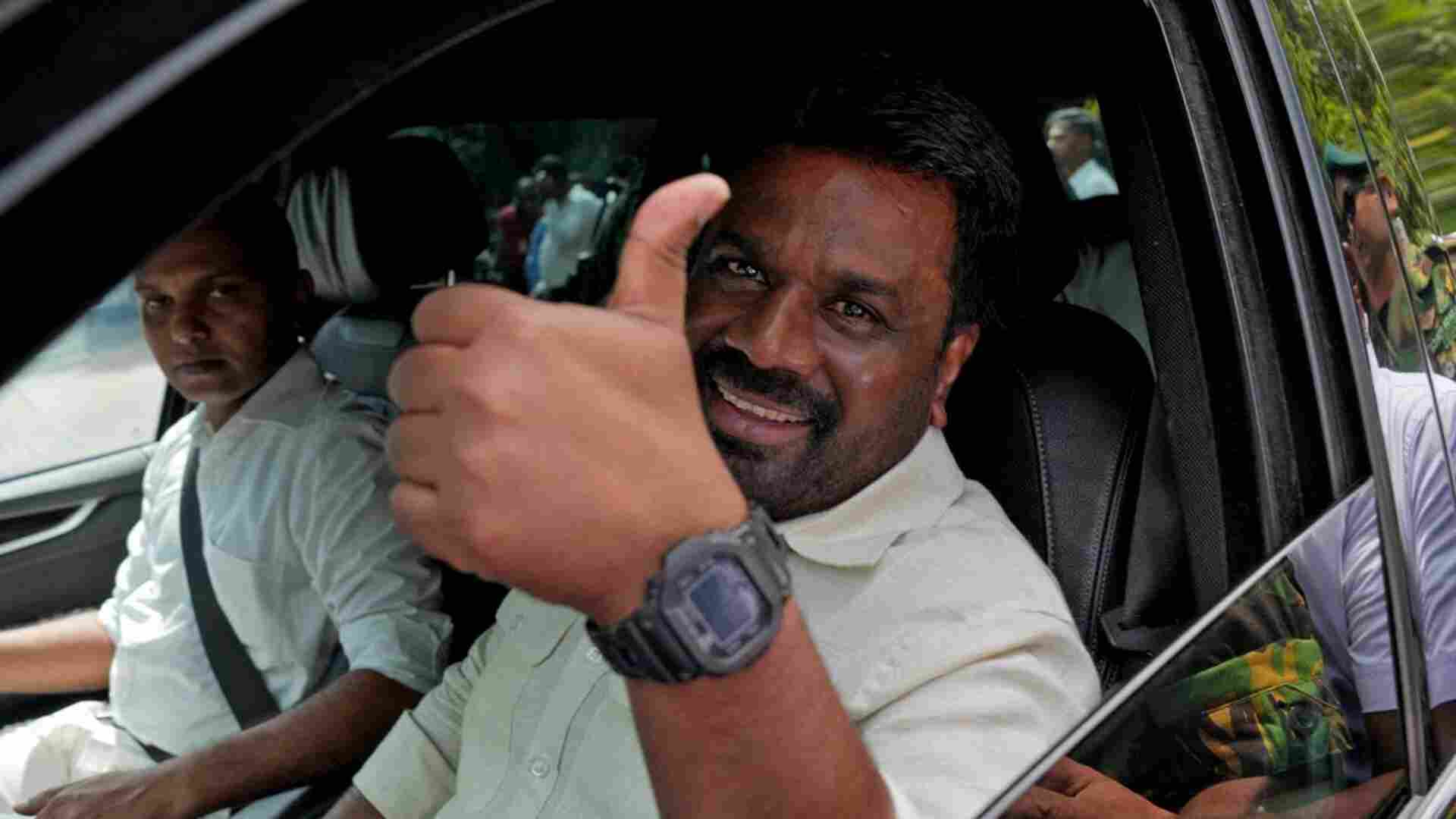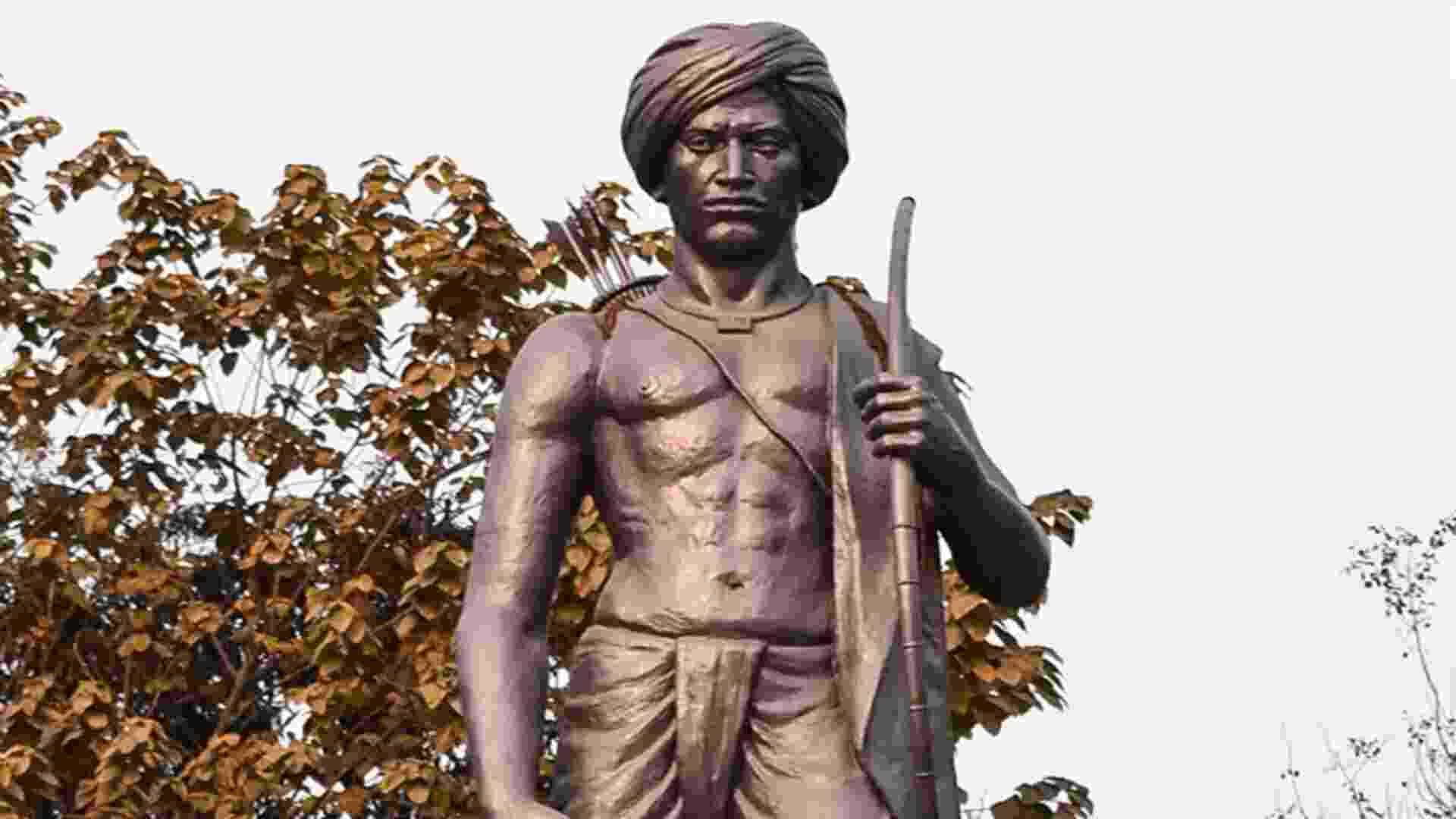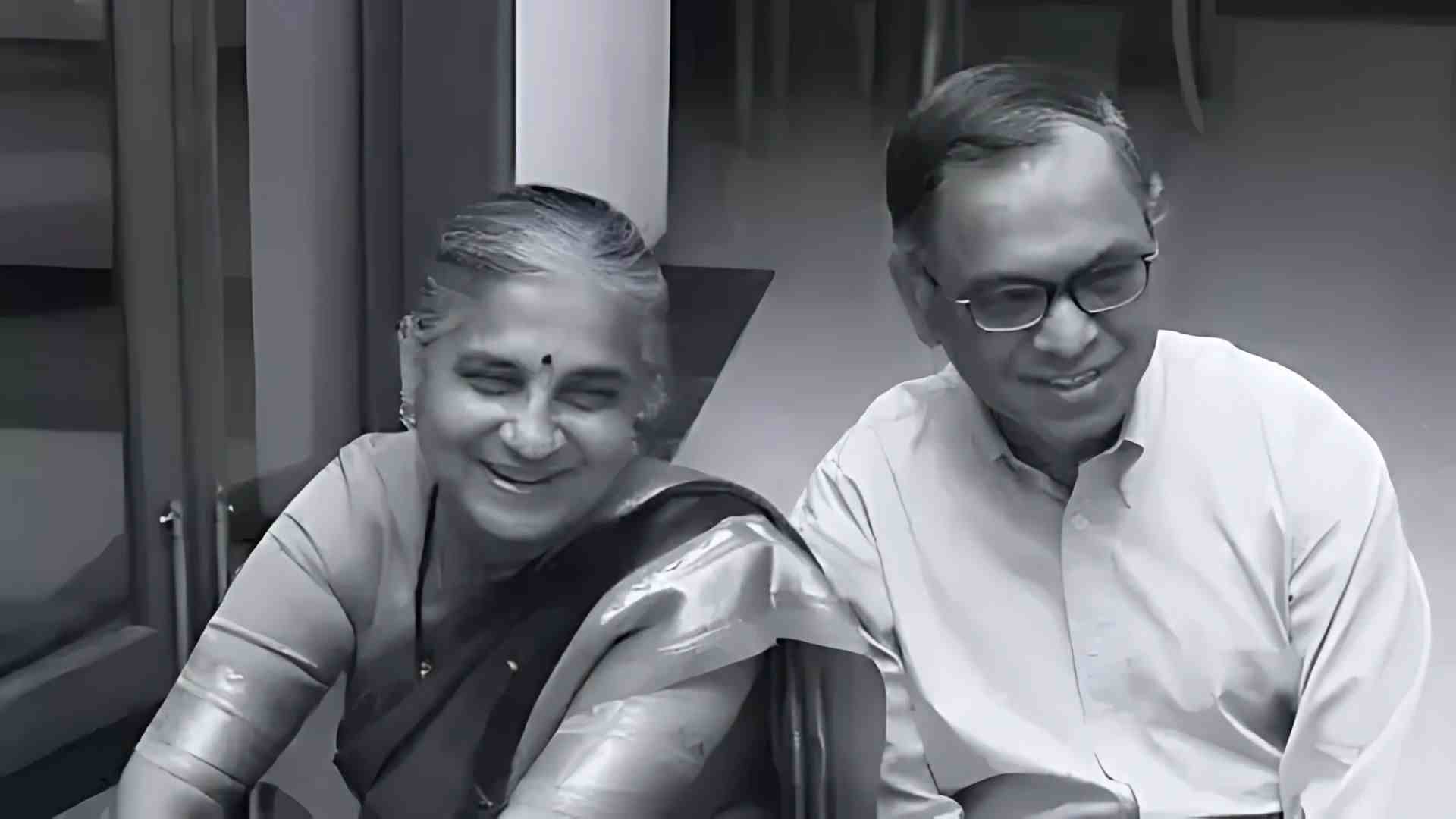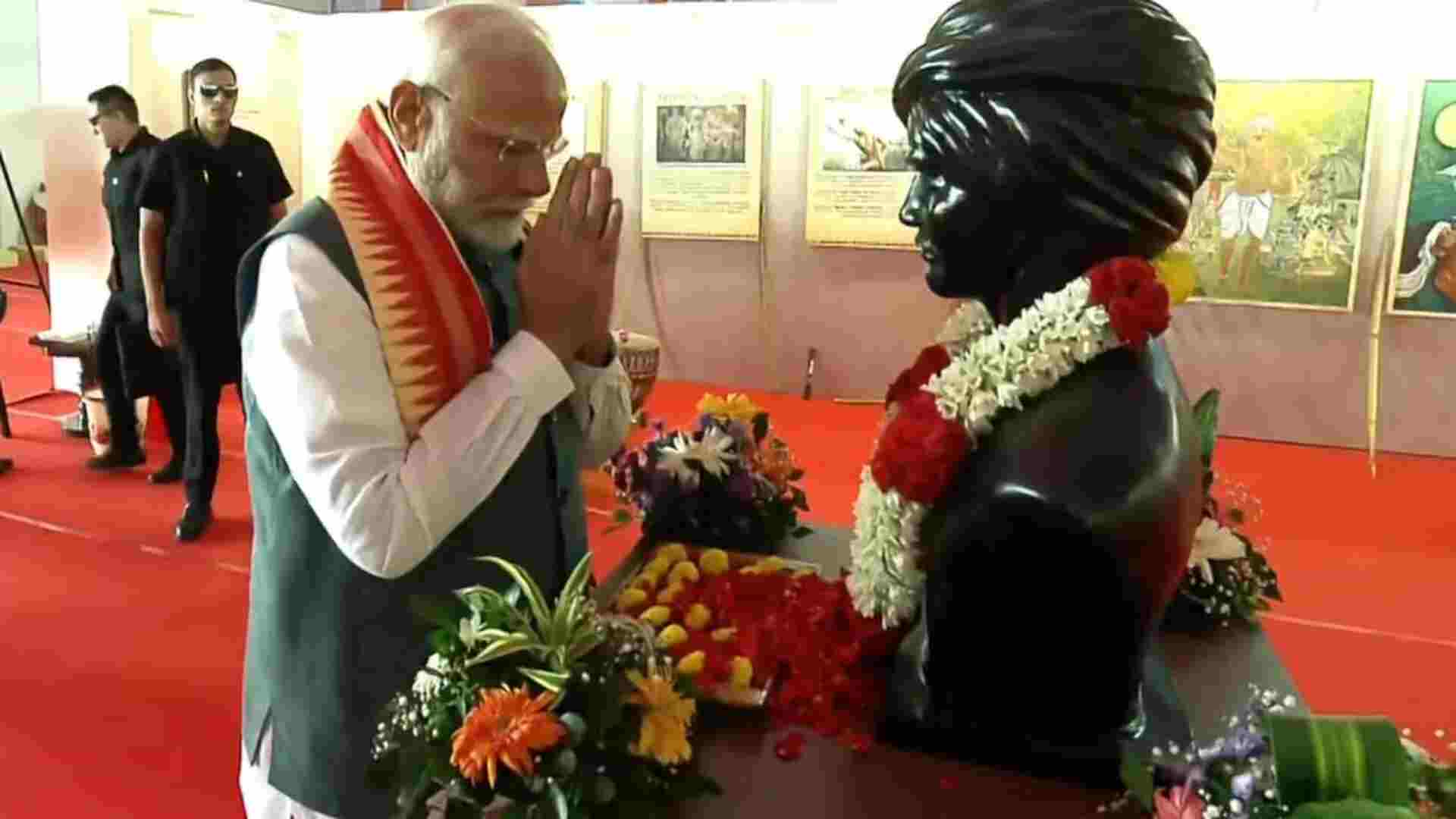
One of the persistent truisms in research paradigms is that “numbers do not lie.” While the use of data-driven information to validate arguments is undoubtedly valuable, its application has become overly generalized. The hype surrounding Big Data and Analysis is at its peak, emphasizing coding and decoding of various data sets and promoting “outcome-based” learning in educational curricula and policies. In the bustling data marketplace, exit polls emerge as a standout example, delivering an early snapshot of voter behavior and preferences before the official results are announced. However, despite the proclaimed robustness of survey methods, exit polls often fall short of accurately depicting voting behavior and election trends. It is easy to criticize the glaring failures of exit polls by questioning their intent, agenda, and timing. However, as researchers and educators, we must critically examine how quantitative methods and methodologies often fall short in helping us understand and predict the world.
Exit polls are surveys conducted immediately after voters cast their ballots at polling stations, aiming to predict potential election outcomes before official results are announced. These surveys offer valuable insights into various aspects of the voting process, including voter demographics, motivations, and overall election trends. This data helps analysts project results and understand voter behavior, decision-making factors, demographic voting patterns, and campaign strategies effectiveness with a degree of accuracy that often rivals early official counts. These polls can identify which groups endorsed particular candidates or causes, offering a comprehensive view of voter preferences and concerns. They can also elucidate the key factors influencing voters’ decisions, including economic concerns, social issues, or the characteristics of candidates. Moreover, the collected data can highlight demographic voting patterns, illustrating how different segments of the population, such as age groups, genders, and ethnicities, are voting. It also serves as a check against potential electoral fraud or discrepancies in the official vote count, as significant deviations between exit poll projections and official outcomes might indicate issues that need to be addressed.
The concept of exit polling began to take shape in the 1930s and 1940s in the United States, pioneered by George Gallup, who developed early techniques for measuring public opinion through voter interviews at polling stations. By the 1950s and 1960s, exit polls gained popularity and widespread adoption, with organizations such as Gallup, Roper, and Harris conducting them during presidential elections to provide insights into voter behavior and predict outcomes. In the 1970s and 1980s, exit polling methodologies evolved, incorporating more sophisticated sampling techniques and refined survey instruments to improve accuracy. This made exit polls integral to election coverage, offering real-time data to media outlets and political analysts. Since the 1990s, exit polling has expanded globally, becoming a common practice in countries such as the United Kingdom, India, and various European nations to understand voter behavior and forecast election results.
The exit polls for the 2024 Indian general elections anticipated a sweeping win for the BJP-led National Democratic Alliance (NDA), paving the way for Prime Minister Narendra Modi’s third term. Various polling agencies like News24-Today Chanakya, India Today-Axis My India, Times Now-ETG, and ABP-C Voter predicted a solid NDA majority of 350-415 seats while foreseeing the Congress-led INDIA bloc to trail significantly with 100-165 seats. However, these initial projections turned out to be wildly inaccurate, as the NDA could manage to secure only 293 seats, with the BJP winning just 240, falling remarkably short of the majority mark of 272. These findings underscore a significant blind spot in exit polling methodologies, failing to accurately capture the gross dissatisfaction among voters from lower social and economic strata in critical states, resulting in an overestimation of electoral support for Modi’s ruling party.
These inaccuracies can be attributed to various factors. Non-representative sampling in exit polling, reliant on the voluntary participation of voters, can distort results, especially when certain demographic groups are either overrepresented or underrepresented. Similarly, methodological errors can also challenge the integrity and reliability of exit polls as poorly worded questions or flawed sampling techniques can introduce systematic biases, distorting the data and generating inaccurate forecasts. Moreover, the intricate nature of voter behavior presents a formidable obstacle for exit pollsters. Factors like political affiliations, socioeconomic conditions, and regional dynamics contribute to the complexity of electoral decision-making. Failure to adequately capture these nuances can result in incomplete or misleading insights, compromising the predictive power of exit polls. Additionally, the dynamic nature of India’s political landscape, government influence on polling agencies, social desirability bias among respondents, demographic considerations, data processing errors, unforeseen events, margin of error, media influence, and post-poll factors like voter turnout variations can all contribute to inaccurate predictions. These factors collectively highlight the need for more robust methodologies and increased vigilance in future polling endeavors.
The quantitative method, grounded in a positivist perspective on understanding society and its dynamics, has greatly influenced the realm of social studies, leading it to be categorized as “social sciences.” This approach has also spawned a specialized sub-discipline within political science known as psephology, which utilizes statistical methods to study, predict, and analyze voting behavior and patterns through tools like exit polls and post-poll analysis. However, attempts to analyze society and forecast social and human behavior quantitatively may falter due to limitations such as small sample sizes or the use of overly large and meaningless datasets. Moreover, establishing a correlation between two variables does not imply causation; for instance, disapproval of majority dominance by minorities does not necessarily translate to avoidance of voting for such dominant political parties. Challenges persist in eliminating researcher bias from studies, even with the aid of software like SPSS or machine analysis. Furthermore, misleading visual representations and arbitrary criteria in exit polls and post-poll analysis, often comparing incomparable aspects, can undermine the integrity of quantitative research rather than casting doubt solely on the credibility of exit pollsters, which has already reached a low point.
Navneet Sharma teaches in the Department of Education at the Central University of Himachal Pradesh, Dharamshala.
Anamica is pursuing a Ph.D. in Philosophy of Education from IIT Bombay-Monash University.













